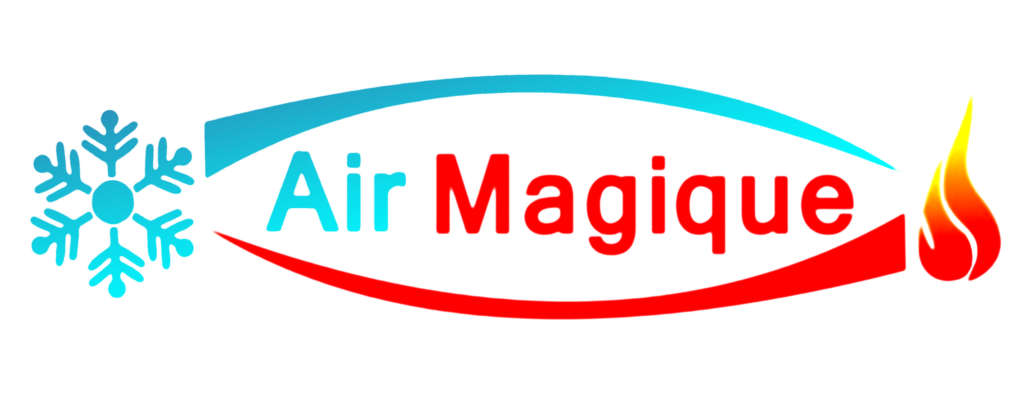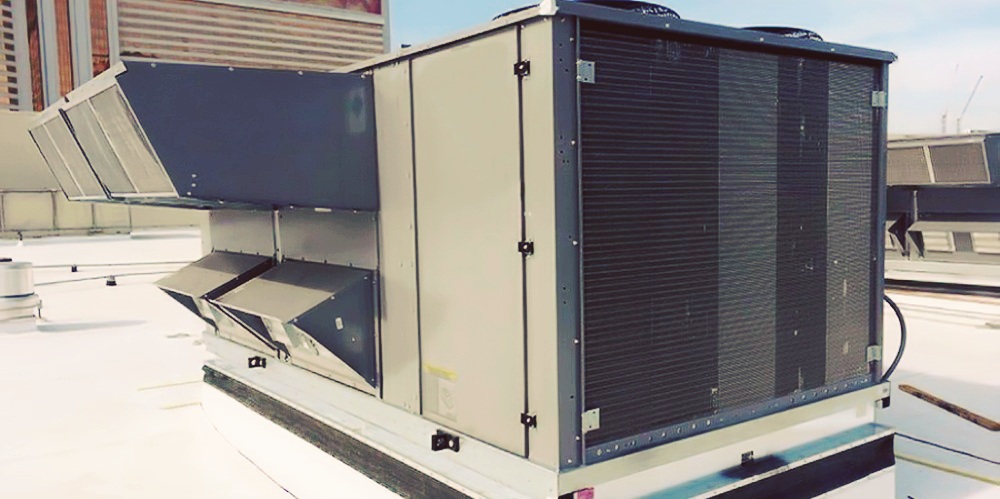Rooftop units (RTUs) are a common HVAC solution for commercial buildings, providing efficient heating and cooling. However, like any mechanical system, RTUs require regular maintenance to prevent costly breakdowns and ensure optimal performance. Discover the essential maintenance measures that will help you prolong the lifespan of your system, safeguarding them against costly breakdowns and unexpected rooftop unit repairs. It is recommended that you leave all these tasks to a professional HVAC contractor.
1. Regular Filter Cleaning and Replacement:
Air filters in rooftop units play a critical role in maintaining indoor air quality and preventing debris from entering the system. Regularly cleaning or replacing filters is essential to prevent clogs and maintain proper airflow. Clogged filters can restrict airflow, strain the unit, reduce energy efficiency, and lead to premature component failure. Develop a filter maintenance schedule and adhere to it diligently.
2. Cleaning the Condenser Coil:
The condenser coil is responsible for releasing heat from the system. Over time, dirt, dust, and debris can accumulate on the coil, hindering its heat transfer capabilities. Regularly cleaning the condenser coil is vital to maintaining efficient operation. Use a soft brush or low-pressure water spray to remove dirt and debris. Avoid using high-pressure water, as it can damage the coil fins. Consult the manufacturer’s guidelines for specific cleaning instructions.
3. Inspecting and Cleaning Fan Blades and Belts:
Fan blades and belts in rooftop units facilitate air circulation and cooling. Over time, they can become dirty, loose, or worn out, affecting system performance. Regularly inspect fan blades and belts for signs of damage, debris buildup, or excessive wear. Clean fan blades and tighten or replace belts as necessary. Properly functioning fan blades and belts promote efficient airflow, reducing strain on the unit and minimizing the risk of breakdowns.

4. Checking Electrical Connections:
Loose or corroded electrical connections can disrupt the proper functioning of a rooftop unit. Regularly inspect electrical connections, including wiring, terminals, and control panels, to ensure they are secure and free from corrosion. Loose connections can cause system malfunctions, poor performance, and even safety hazards. Consider scheduling routine electrical inspections by a qualified technician to identify and address any issues promptly.
5. Monitoring Refrigerant Levels:
Proper refrigerant levels are crucial for the efficient operation of rooftop units. Low refrigerant levels can result in reduced cooling capacity, increased energy consumption, and potential compressor damage. Regularly monitor refrigerant levels and promptly address any leaks or issues. Only licensed professionals should handle refrigerant-related tasks to comply with environmental regulations and ensure system performance.
Conclusion :
Regular rooftop unit maintenance is essential to prevent costly breakdowns, ensure optimal performance, and extend the lifespan of the system. By following key maintenance steps such as regular filter cleaning and replacement, condenser coil cleaning, inspection of fan blades and belts, checking electrical connections, and monitoring refrigerant levels, you can keep your rooftop units running smoothly and efficiently.
Develop a maintenance schedule and consider partnering with a reputable HVAC service provider for routine inspections and tune-ups. Investing in preventive maintenance not only reduces the risk of unexpected breakdowns but also maximizes energy efficiency, lowers operating costs, and promotes a comfortable indoor environment for your commercial building. All you have to do is call Air Magique!


